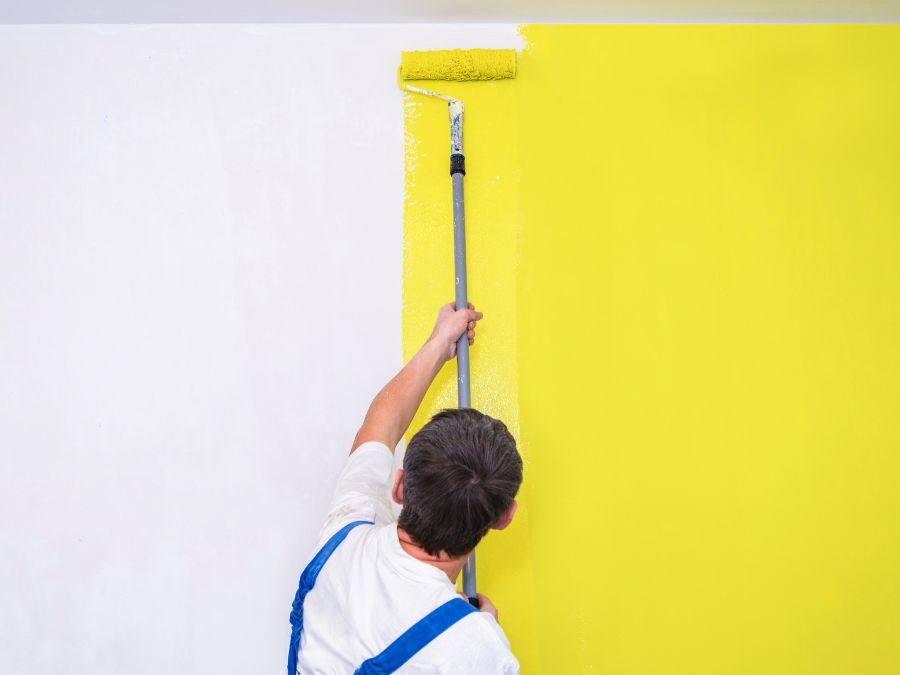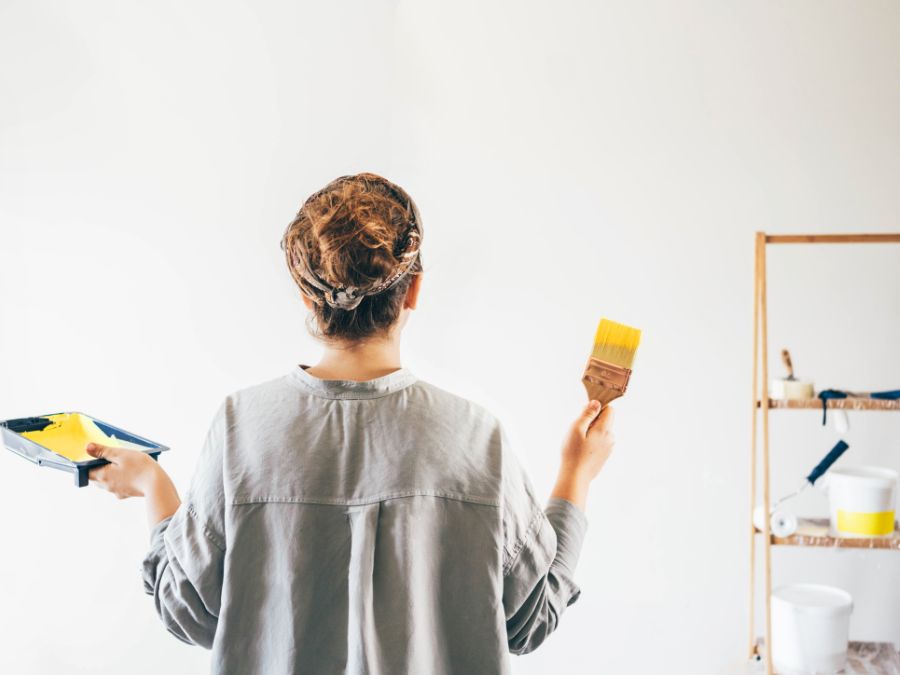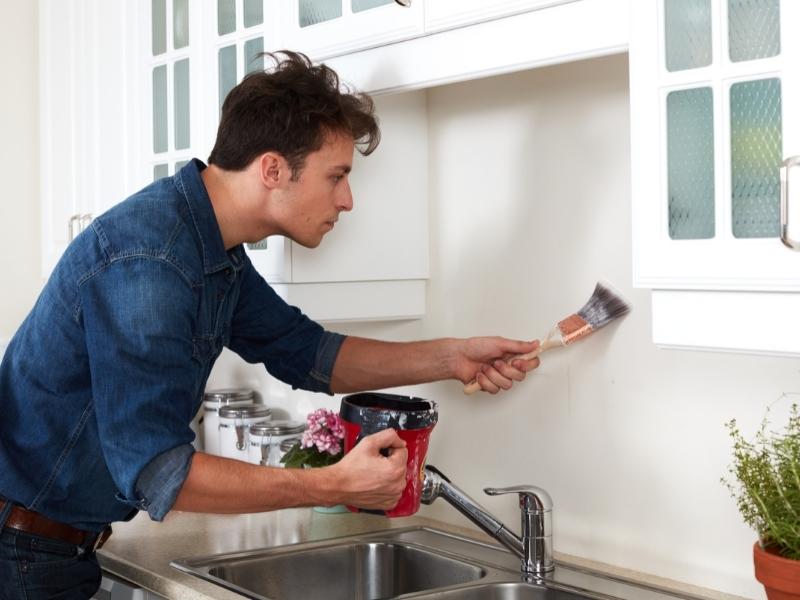The Dos and Don’ts of Wall Painting
Have you ever gone to paint a wall, only to realize you have no idea where to start? Or maybe you’ve started painting, but the result wasn’t quite what you were hoping for. If so, don’t worry – you’re not alone! Painting walls can be tricky. From sanding to priming and finally painting, there are a lot of steps involved. But don’t let that discourage you! With careful planning and useful tips, you can paint your walls like a pro.
To help you, we’ve put together a list of dos and don’ts for painting walls. We hope you’ll be able to quickly transform your space (and maybe even have some fun in the process)!

The Dos of Painting Walls
Did you think you could aimlessly slap some paint on the wall and call it a day? Well, that’s not how you achieve envy-of-all-your-neighbors walls. You need to do a few key things before you even think about picking up a paintbrush. Let’s take a look.
Know Your Paint
There are various types of paint, each with its purpose. For example, some stains are better for high-traffic areas, while others are more durable in humid environments. Choosing the right paint for your project will make all the difference in the world (and save you a lot of stress down the road).
Here are some paint types to keep in mind:
- Latex paint is the most popular among homeowners. It’s easy to work with, cleans up quickly, and is ideal for most surfaces.
- Oil-based paint is more durable and works well on trim, cabinets, and high-traffic areas.
- Chalk paint can be used on furniture, walls, and even fabric. It gives surfaces a matte finish and is easy to distress.
Prep Your Walls
Since you’ve decided to paint your walls, there must be something wrong with them, right? Maybe some cracks need to be filled or nail holes that need to be patched. Whatever the case, it’s essential to prep your walls before you start painting. Not only will this help the paint adhere better, but it will also make your walls look smooth and polished.
To prep, clean them with a mild soap and water solution. Then, use a putty knife to fill in any cracks or holes. Once your walls are clean and smooth, it’s time to sand them. It will help the paint stick and give you a nice, even finish.

Use Quality Paintbrushes and Rollers
Nope, those old paintbrushes in your closet won’t cut it. For professional-looking walls, you need to use quality paintbrushes and rollers. Good brushes are worth the investment because they’ll make painting easier and give you a much better finish. When it comes to rollers, it’s best to buy a few different sizes. That way, you can use the smaller ones for tight spaces and the larger ones for larger areas.

The Don’ts of Painting Walls
We agree it’s no rocket science, but there are still some things you should avoid when painting your walls. Trust us, following these tips, will make your life a lot easier (and help you avoid painting disasters).
Don’t Forget to Prime
If you’re painting over a dark color or a glossy finish, you’ll need to prime your walls first. Priming provides a nice, even surface for the paint to adhere to and helps cover any imperfections. The right primer will also make your paint color look truer to life.
Start by painting a small test area to see how the primer and paint interact. If you’re unhappy with the results, try a different primer or paint. Also, stroke the primer in the same direction you will paint the walls. That way, you won’t have any visible brush strokes when you’re finished.
Don’t Skimp on the Paint
It might be tempting to purchase the cheapest paint you can find, but trust us – it’s not worth it. Cheap paint often doesn’t have the same coverage or durability as higher-quality paints, so you’ll probably end up using more (and spending more in the long run). The characteristics of the paint are just as important as the color, so do your research before you buy. Some things to check are:
- Viscosity is the thickness of the paint. Thicker paints have better coverage and are less likely to drip or run.
- Opacity is how well the paint covers the surface beneath it. High opacity is a must if you’re painting over a dark color.
- How well the paint can be tinted (mixed) with other colors? If you’re planning on painting an accent wall or trim, you’ll need paint that can be easily tinted.

Don’t Rush It
Painting can be time-consuming, but it’s essential to take your time. If you rush, you might end up making mistakes. The processes that you need to pay most attention to are:
- Applying the paint: It is where you’ll want to take your time to avoid any drips or streaks.
- Cutting in: It is the process of painting around windows, doors, and other trim. It’s important to be precise and use a small brush for this step.
- Drying time: Make sure to check the drying time of your paint before you start. You don’t want to accidentally smudge your newly painted walls!
In a Nutshell…
Walls are a big part of any home, so you want them to look their best. While the exteriors can be forgiving, the interiors need a little more TLC. So, take your time, research, and use high-quality materials for the best results. And, when in doubt, always consult a professional! They’ll be able to help you figure out the best way to achieve the look you want for your home.


